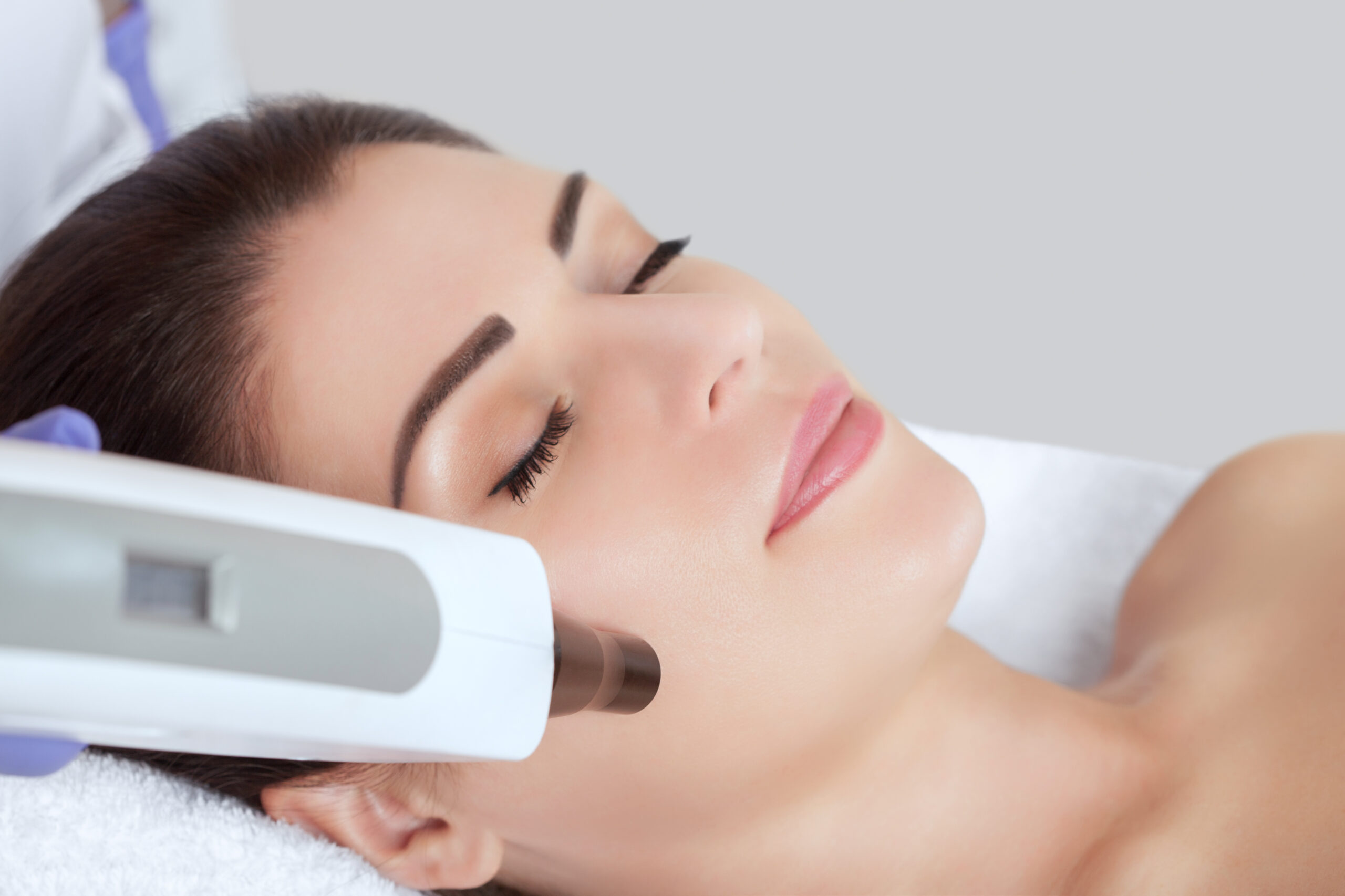
Laser Skin Resurfacing
Laser skin resurfacing is one of the most commonly used procedures for treatment of an array of different skin problems. Due to its effectiveness and lack of significant side effects or complications it has replaced many other procedures with higher rate of side effects and complications. This procedure can improve the general appearance of skin including wrinkles, uneven tone, scars, and uneven skin tone leading to a younger looking and glowing skin in the treated area.
Laser Skin Resurfacing
What conditions does laser skin resurfacing treat?
Many different skin conditions can be treated by laser skin resurfacing. This procedure can be used to improve appearance of scars, stretch marks, wrinkles, sunspots (age spots), large skin pores, and even tone and sun damaged skin leading to a more attractive and younger looking skin.
What are the advantages of laser skin resurfacing over other procedures?
This procedure offers many advantages over other procedures such as chemical peeling or dermabrasion. Laser skin resurfacing is a minimally invasive procedure, depending on the depth of laser resurfacing it can have shorter downtime, less discomfort, and shorter time of procedure. Because of availability of several different settings that allows the practitioner to precisely target different depth and amount of energy introduced, this procedure offers a significant control compared to other procedures. When used in appropriate settings it has less side effects and complications than other procedures including discomfort, bleeding and bruising.
How does laser skin resurfacing work?
A laser ray is introduced to the skin which in turn will produce damage to the most superficial part of the skin. This process will lead to peeling of the top layer of skin revealing the undamaged and younger looking skin layer underneath. This process will also leads to stimulation of the deeper skin layers to produce healthier upper layer with a younger looking skin.
What is the difference between ablative and non-ablative treatment?
During ablative laser skin resurfacing the laser beams vaporize a layer of skin while with non-ablative resurfacing, the laser energy tightens underlying skin and stimulates collagen growth. Ablative treatment causes a wound, depth of which is characterized by the amount of the energy introduced to the area, where non-ablative treatment does not. Therefore there is a higher chance of a complication called post inflammatory hyperpigmentation (PIH) in return there is a more pronounced response and less number of treatment needed when ablative laser is used. To decrease chances of PIH (that is higher in darker skin) your practitioner can treat your skin with bleaching agents to suppress the pigment formation in the treatment area for a while before the procedure is performed.
What is the difference between ablative and non-ablative treatment?
This laser treatment targets specific areas with a smaller laser microbeams to peel away smaller sections (fractions of the treated area) of skin than conventional ablative treatment and leave areas of treatment untouched therefore the term “fractional”.
How long does laser resurfacing treatment take?
Depending on the treated surface area this procedure can take anywhere between 30 to 90 minutes. Like any other procedure due to the factors involved in the treatment including skin color, skin quality, intensity of treatment some people may have satisfactory results with only one treatment and some people may need up to three treatments to obtain the results they seek.
What is recovery from laser resurfacing like?
Because of the treatment intensity with ablative laser resurfacing redness, mild swelling and mild amount of discomfort is expected. Although it is not expected to require treatment for the discomfort, patients are encouraged to take Tylenol or apply cool packs to the area if they feel appropriate to the extent of their discomfort. Redness usually lasts for 3 to 5 days, peeling of skin starts in 3 to 4 days and lasts between 7 to 14 days after the procedure is done. During this recovery time we recommend to avoid strenuous activities, exposure to sun.
Is laser skin resurfacing considered safe?
Yes, this procedure is considered safe for most patients. There is only a minor risk of complications such as skin pigmentation, scarring or infection. As mentioned above pretreatment with bleaching agents before this procedure is thought to decrease hyperpigmentation and is recommended.
Schedule a Consultation
If you are interested in learning more about the benefits of Laser Resurfacing, please contact us for a consultation at (415)644-8301.
